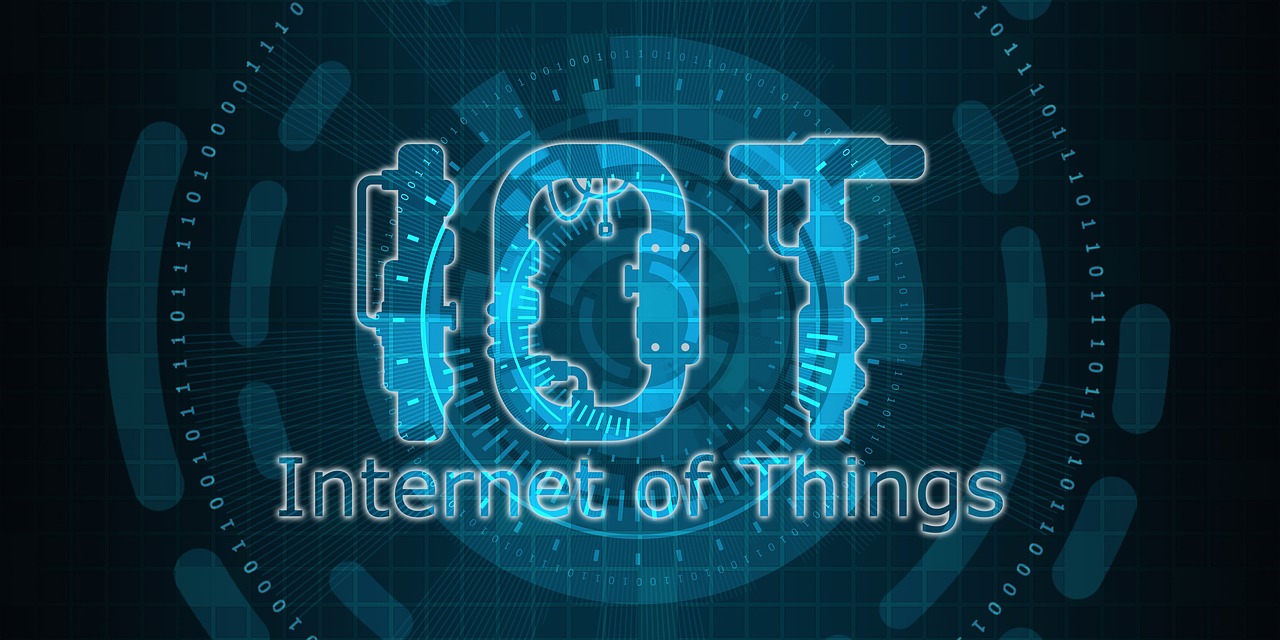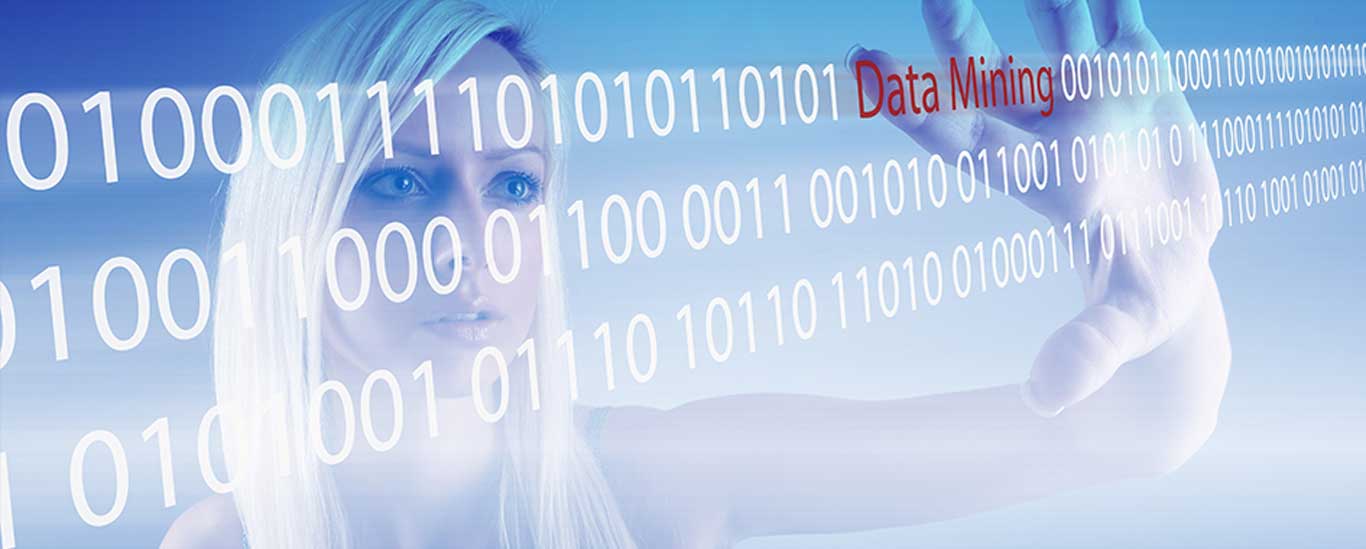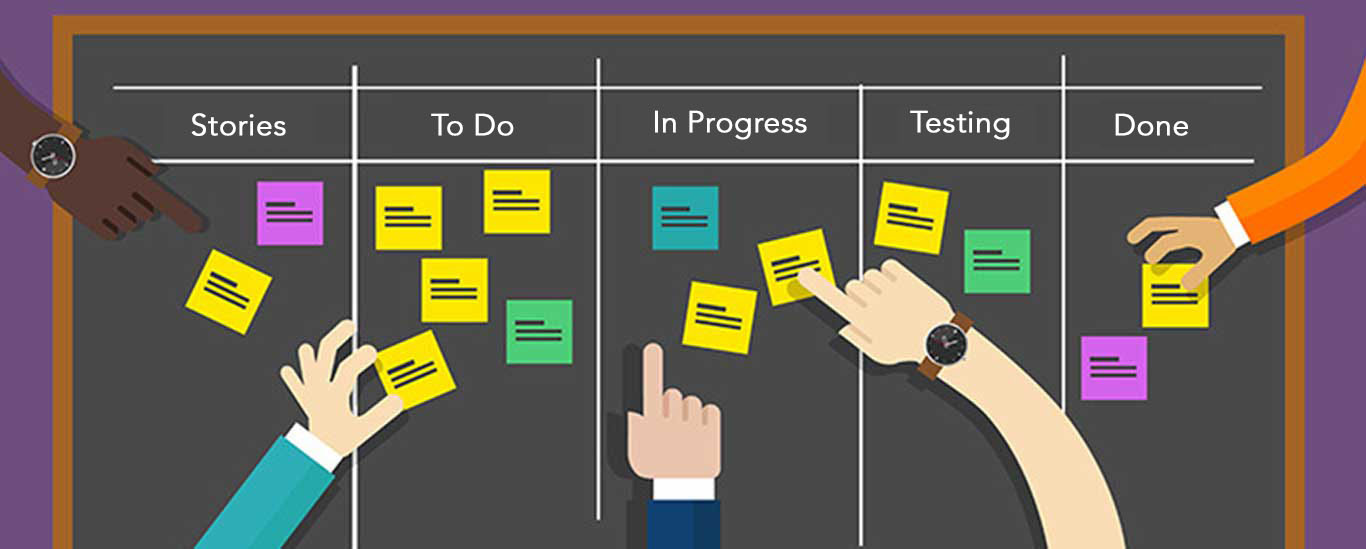
Everything to know about IoT in 2021
With the COVID-19 pandemic fuelled in 2020, digital transformation has accelerated rapidly. IoT is not modern technology. But its implementation is quickly evolving. Many businesses are using IoT to track equipment failures, optimize various processes, review patient health, monitor social distancing and crowd, and for many other purposes. The following are the popular trends taking shape in 2021.
1. Battery-Free Sensors
When sensors can produce their own power, then envision its influence in the future.
Sensor-producing companies like Everactive is empowering innovation among the sensor technology that generates its own power source through vibration, thermal, and built-in solar. The company has also claimed it can last for about 20 years without needing any battery or regular maintenance.
So, the introduction of this sensor technology keeps the concerns away of battery replacement, which in turn cutting down the maintenance and replacement cost. This introduction is a big deal for larger companies that uses sensors in large numbers to maintain their operations.
2. Mesh Sensors
Mesh sensors contain a different set of IoT blocks with built-in functions, which has made it easier today for prototyping and developing projects that you need.
The different IoT-enabled sensor blocks that perform specific functionssuch as LED lighting, Motion sensing, brightness setting, temperature checkercan be connected with Mesh GPIO that handles incoming and outgoing digital signals.
You can connect Mesh GPIO with Amazon’s Alexa to create a voice-enabled pump to water your gardens.
Today’s technology has enabled Mesh sensors to connect to various devices with new built-in IFTTT applets. You can now track sensor data in Google Sheets, integrate it with other applications, and trigger multiple smart devices.
You can use Mesh Temperature and humidity IoT sensor to monitor your plants, regulate temperate in your home by enabling coolers to function during particular temperate increases, in turn leaving your home with a comfortable atmosphere.
3. TinyML
Till now, machine learning has been happening in the cloud. Now, it’s evolving. Many technologists are making machine learning to run on even tiny chips such as low-powered microcontrollers. It is a growing field. Tiny machine learning can enable sensors with predictive maintenance on equipment.
Let us take an example of Oil and Gas company, which is an asset-intensive organization. The business needs to regularly monitor machine performance in order to obtain quality outputs from it. As such, these industries are today focusing on IoT technology. With advanced wireless connectivity and battery-free self-energy generating sensors, it can help operators in monitoring equipment in remote such as determining off-spec conditions through small chips. The tiny chip can learn machines and know their performance in real-time.
Besides, incorporating this technique support enterprise in making the informed business decisions such as allowing equipment to be under maintenance on the right time to ensure the quality of the outputs remains consistent.
4. IoT in retail and manufacturing
During uncertain times like COVID-19, retails and manufacturing industries are making the best use of RFID tags to track the movement of consumers.
According to insights from RFID Journal, the new wearable technology is helping manufacturing companies in keeping their employees safe at times of the pandemic. The device plays a pivotal role in ensuring social distancing and contract tracing. The wearable device can alert employees about proximity, and it can also store data about the users who were closer to one another.
The same wearable technology can be applied in the retails to ensure social distancing is maintained by the customers.

Moreover, IoT-enabled microcontrollers will be utilized to track the fast-moving products and trace the inventory throughout the supply chain.
The recent innovation in IoT in the supply chain is the sensor’s capability to track temperature, altitudes, humidity levels for certain fast-moving foods and medical supplies to keep the quality consistent until the goods are delivered.
IoT technology has been pivotal in manufacturing to gain a competitive edge. According to insights from allied market research, IoT in manufacturing is expected to reach almost a trillion-dollar mark, which is $994 billion by 2023.
IoT sensors that are connected to valuable assets enable supervisors to successfully manage operations remotely like inspections, monitoring, and maintenance. The real-time data in a reliable application platform can help operating directors monitor assets, how machines are performing, anticipate forthcoming failures, and enabling them to identify the root causes of the problems. Thus, this strategy can lessen downtime, meet product manufacturing goals on time, and improved customer service.
5. IoT in Cities and Smart Buildings
The concept of IoT is gaining much popularity in “Smart cities” to monitor traffic on roads, pedestrian areas, monitoring civic properties and amenities.
Smart meters are coming into action to record the use of energy in homes and enterprises. It can help in managing energy effectively by meeting demand during the peak period and avoid usages during needless times.Different organizations such asIT, call centers, BPOs, retails, hotels are today focusing on optimizing energy to reduce cost using IoT technology.
Moreover, occupancy sensors are adopted to track the number of visitors entering, leaving, utilizing waiting rooms, washrooms, etc.
For instance, an IoT-enabled sensor attached near a washroom can determine the number of people entering the lavatory in real-time. This information can be passed on to regular sanitation staff to ensure hygiene is well-maintained on a timely basis.
In 2021 and the forthcoming year, IoT implementation and digitalization will be on the rise to tackle the challenges faced by society, civic boards, and businesses for efficient management of resources.
6. IoT in healthcare to skyrocket
The wearable medical sensors can help doctors and physicians to analyze the health of the patients in real-time. It is extensively getting popular during recently hit pandemic times. A single device can replace many instruments and can deliver insights instantly. For instance, an IoT-enabled healthcare device can check blood pressure and blood sugar level, and much more. In the coming years, it will be widespread across diagnostic centers, clinics, and hospitals.
The smart medical sensor can transfer data electronically to any devices that help doctors/physicians to analyze patient information.
CSS, an IoT application development company, is working on with clients such as Government bodies, start-ups, and Sensor manufacturers to smoothen data transfer and convert raw data into visually representable form with user-friendly application dashboards and mobile apps for data analysis and decision making.


